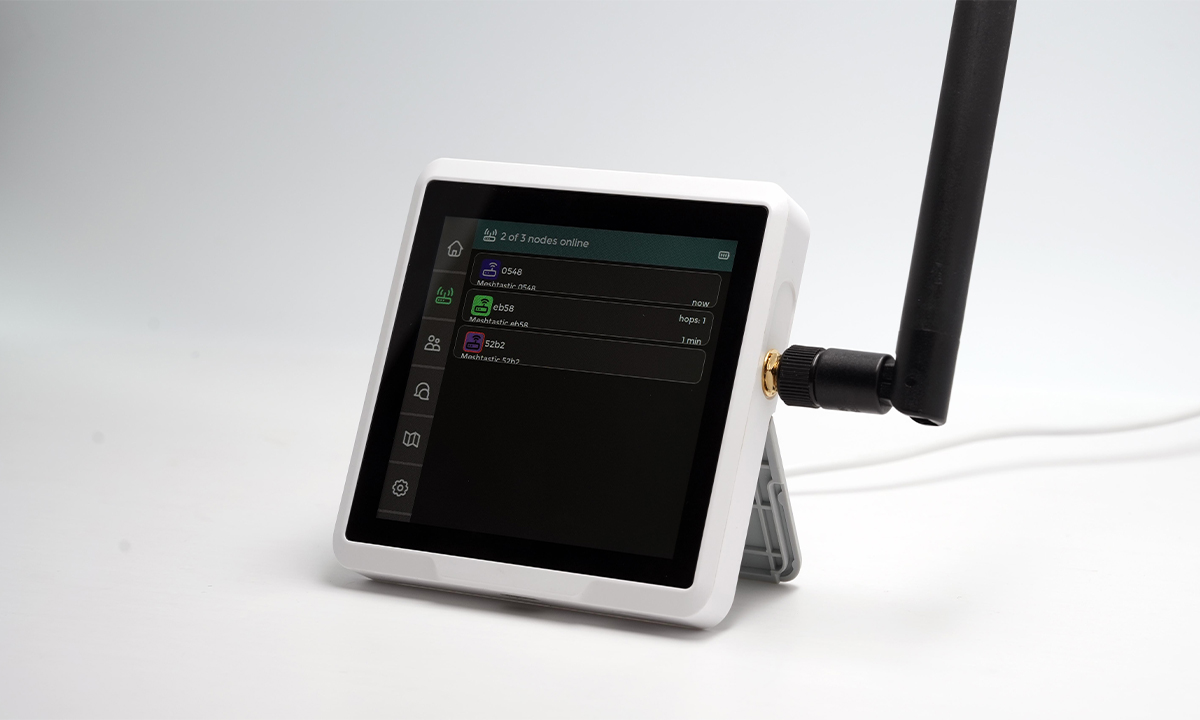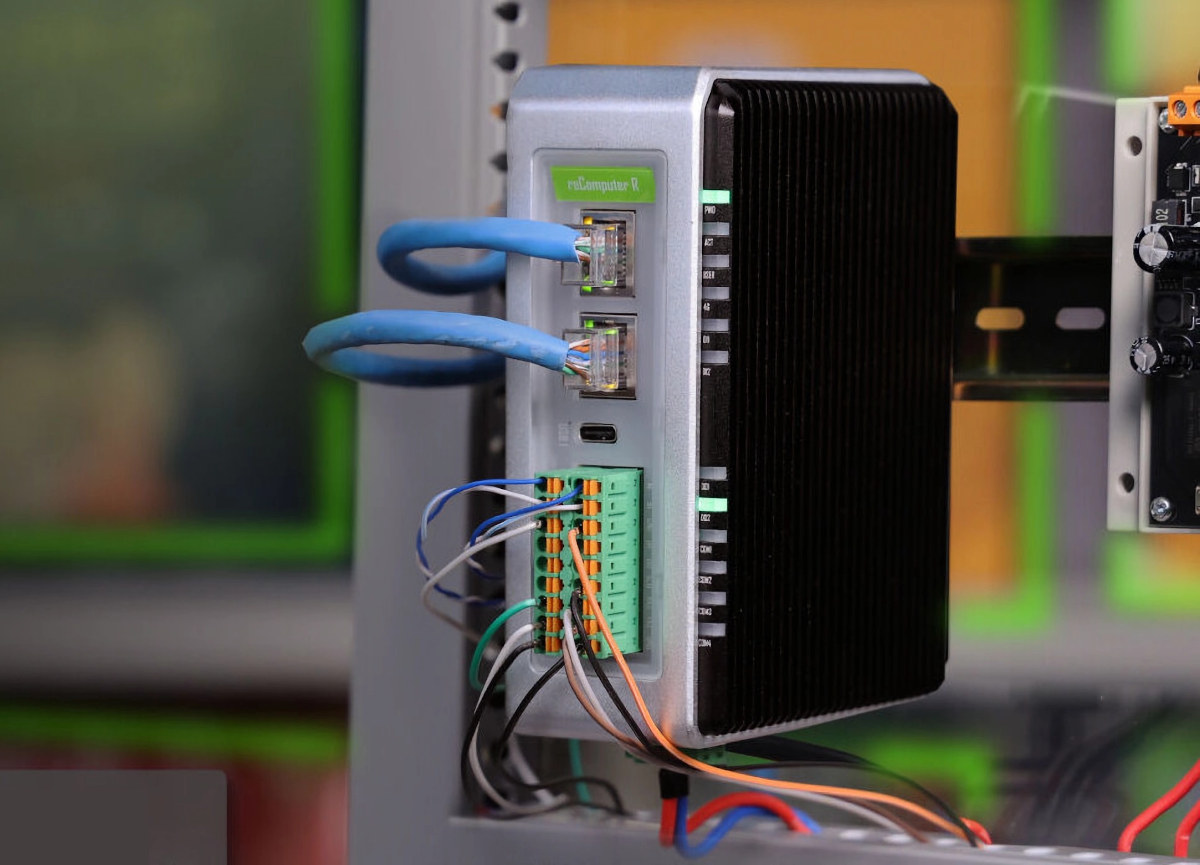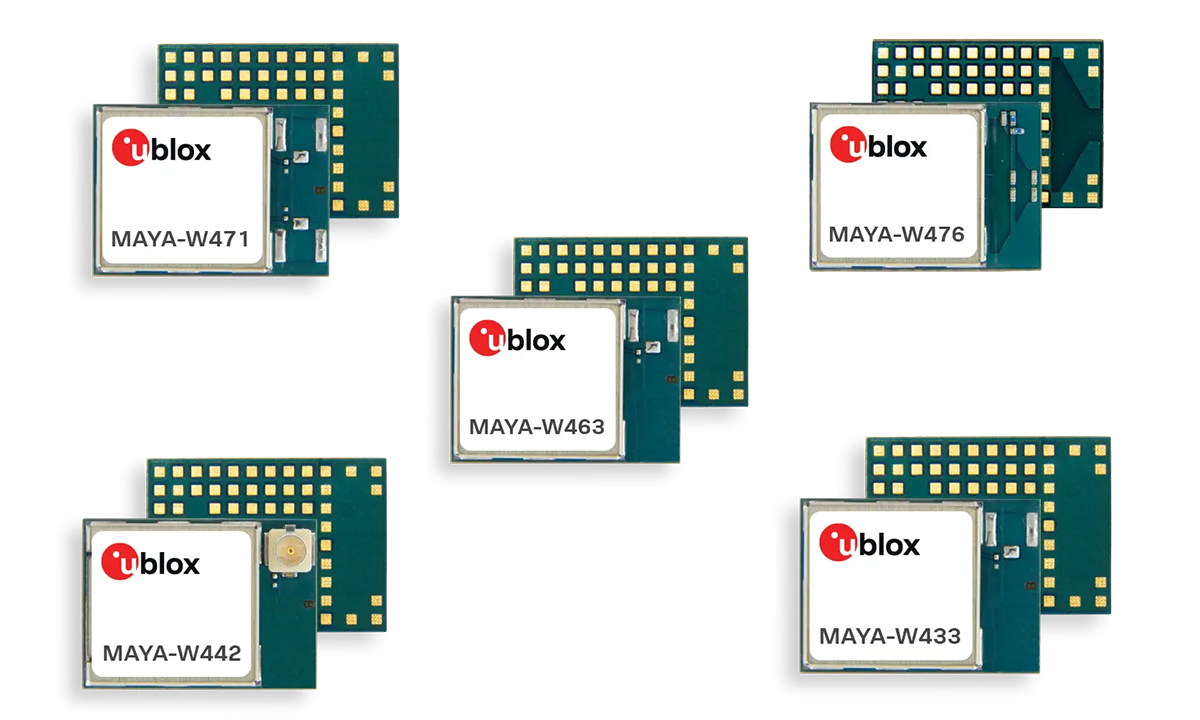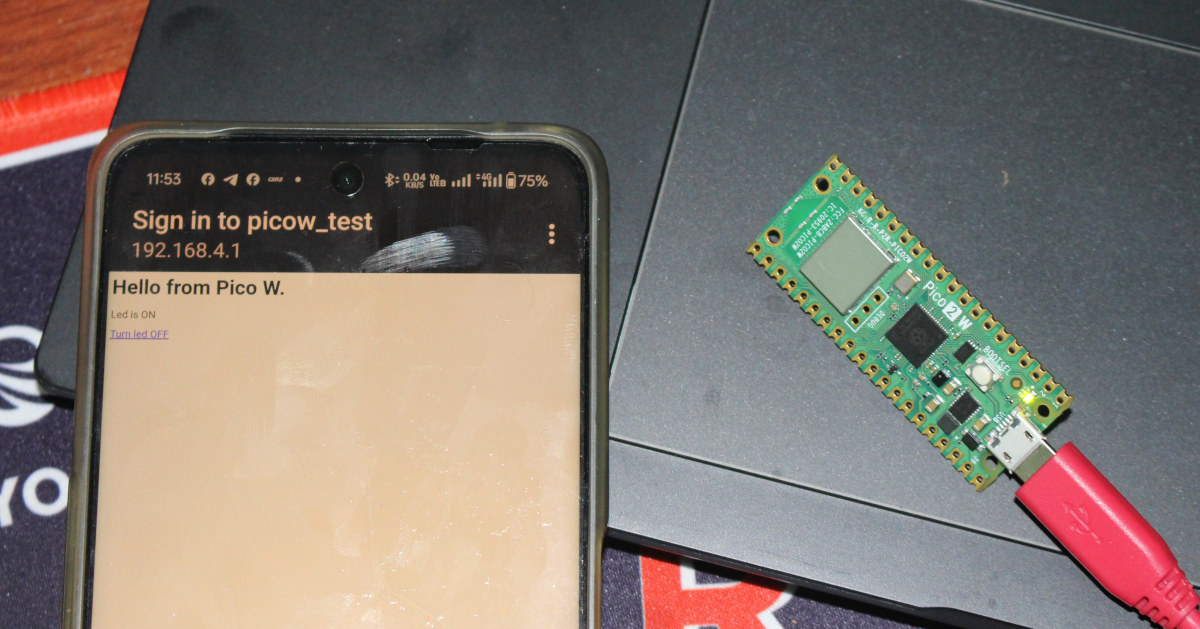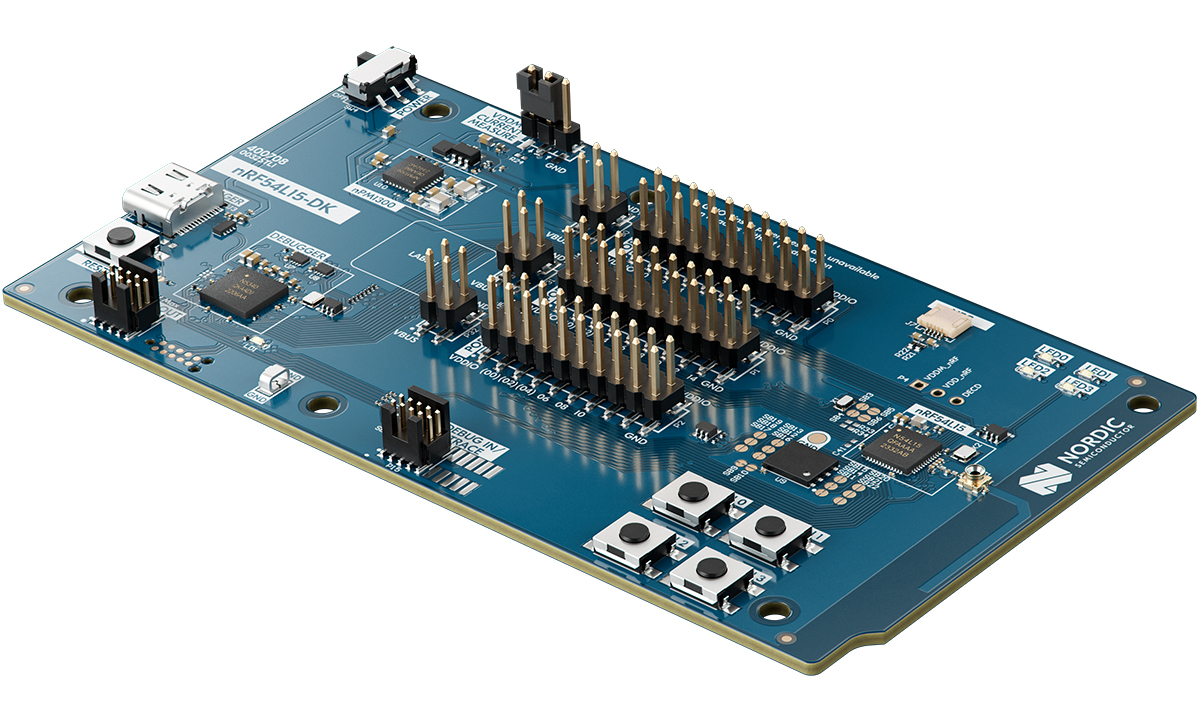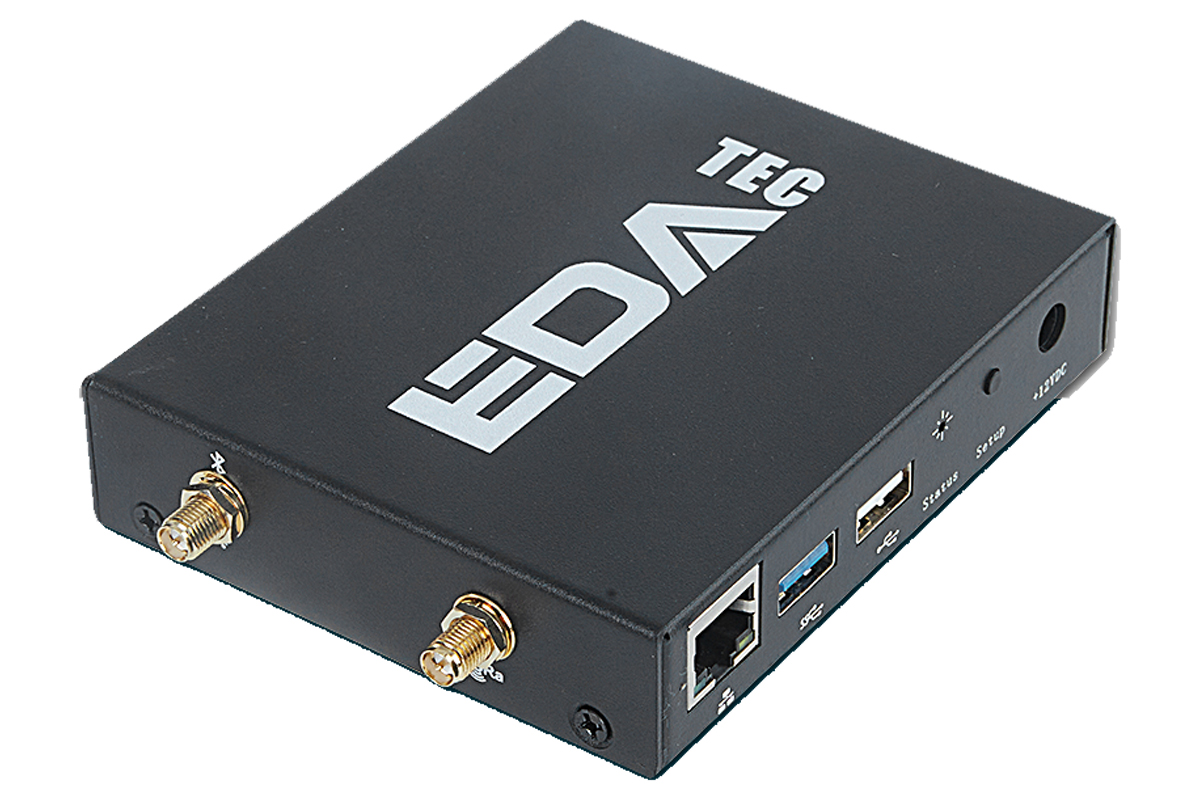The SenseCAP Indicator is a 4-inch capacitive touchscreen device designed for IoT connectivity and Meshtastic applications powered by Espressif Systems ESP32-S3 and Raspberry Pi RP2040 microcontrollers. It supports Wi-Fi (802.11b/g/n) and Bluetooth 5.0 LE connectivity, as well as LoRa using the Semtech SX1262 chip. The device also provides Grove connectors for expansion and a microSD slot supporting up to 32GB. Preloaded with Meshtastic firmware, the SenseCap Indicator is ready to function as a Meshtastic desktop or car node and can be reconfigured into a LoRaWAN Single-Channel Gateway. It features a 3.95-inch RGB touchscreen with 480×480 resolution, which is larger than most other Meshtastic solutions we’ve covered. Previously, we reviewed the SenseCAP Indicator D1Pro, which shares many features with the SenseCAP Indicator. However, the D1Pro integrates tVOC and CO2 sensors, along with an external Grove AHT20 TH sensor for precise temperature and humidity measurements. With real-time air quality monitoring from the […]
reComputer R1113-10 industrial IoT gateway offers isolated RS485, RS232, DI, DO, and dual Gigabit Ethernet
Seeed Studio has launched the reComputer R1100 series industrial IoT gateway family based on Raspberry Pi CM4. The first model, the reComputer R1113-10, is powered by a Raspberry Pi Compute Module 4 module with 2GB RAM and 8GB eMMC storage. It includes two isolated RS485 ports, two isolated RS232 ports, DI and DO interfaces, and twelve LED indicators. Additional connectivity options include dual Gigabit Ethernet ports, Wi-Fi, Bluetooth 5.0, LoRa, 4G LTE, and Zigbee. The device also features two USB-A 2.0 ports, a USB-C 2.0 port for OS flashing, an HDMI 2.0 output, and a MicroSD card slot. There are many such industrial IoT gateways based on Raspberry Pi CM4 and other SoMs or SoCs on the market, and we covered a bunch including the Compulab IOT-DIN-IMX8PLUS, Digi IX40, Dusun DSGW-380, Cytron IRIV PiControl, and Robustel EG5101 and EG5200, among others, each with their own unique set of features. reComputer […]
u-blox MAYA-W4 tri-radio IoT module features NXP IW610 chipset with Wi-Fi 6, Bluetooth 5.4, and 802.15.4 radios
Last year, we covered the u-blox MAYA-W3 module, which was based on the Infineon AIROC CYW5551x chipset and utilized separate chipsets for 2.4 GHz, 5 GHz, and 6 GHz frequencies. Now, u-blox has introduced the MAYA-W4 series, a host-based Wi-Fi 6, Bluetooth 5.4, and 802.15.4 module built on the NXP IW610 chipset. Designed for industrial and commercial applications such as building automation, energy management, smart homes, and healthcare, the MAYA-W4 series supports SISO Wi-Fi 6 with a 20 MHz channel width, ensuring reliable performance in dense network environments. These modules can function as access points, stations, P2P devices, or in mixed modes. The MAYA-W4 modules are compatible with the Matter protocol over Thread and Wi-Fi, facilitating seamless integration across ecosystems. With a compact size of 10.4 x 14.3 mm, these modules rank among the smallest Wi-Fi 6 SMD modules and are available with integrated antennas or U.FL connectors. Rigorous testing […]
Silicon Labs SiWG917Y and SiWN917Y are ultra-low power WiFi 6 and Bluetooth LE 5.4 IoT modules
Silicon Labs SiWG917Y and SiWN917Y are pre-certified, ultra-low power 2.4 GHz WiFi 6 and Bluetooth Low Energy (LE) 5.4 modules made as an extension of the Wireless Gecko Series 2 Arm Cortex-M33 microcontroller family and designed for IoT applications such as Smart Home devices, building automation solutions, healthcare devices, industrial sensors, and asset trackers. The SiWG917Y module is used as a standalone solution where all application code runs on an Arm Cortex-M4 core, and the SiWN917Y module is designed as a Network Co-processor so customers can execute their application on a separate MCU while the wireless module manages WiFi 6 and BLE 5.4. Silicon Labs SiWx917Y modules specifications: Microcontroller MCU Arm Cortex-M4F application core up to 180 MHz (225 DMIPS performance) Arm Cortex-M4 network wireless processor running up to 160 MHz, Accelerators – Integrated FPU, MPU, NVIC, Matrix vector processor (MVP) Memory 672 KB embedded SRAM shared by Cortex-M4 and […]
$7 Raspberry Pi Pico 2 W board launched with 2.4 GHz WiFi 4 and Bluetooth 5.2 wireless module
As expected, the Raspberry Pi Pico 2 W – the wireless version of the Raspberry Pi Pico 2 – is now available with an extra 2.4GHz WiFi 4 and Bluetooth 5.2 wireless module at an official price of $7. We’ll go through the specs and perform a mini review in this post trying out both WiFi and Bluetooth code samples. It’s not the first Raspberry Pi RP2350 with WiFi and Bluetooth we’ve seen, as Pimoroni introduced the Pico Plus 2 W board with an RP2350B MCU and Raspberry Pi RM2 Wi-Fi and Bluetooth module, and iLabs launched the Challenger+ RP2350 WiFi6/BLE5 board relying on ESP32-C6 wireless module. However, the Raspberry Pi Pico 2 W is the official board, is cheaper, and will certainly be the most popular/widely used. Raspberry Pi Pico 2 W specifications Raspberry Pi Pico 2 W specifications: SoC – Raspberry Pi RP2350 CPU Dual-core Arm Cortex-M33 @ […]
nRF54L15 DK: A Development Kit for nRF54L15, nRF54L10, and nRF54L05 SoCs with Bluetooth, Thread, and Zigbee
The nRF54L15 DK is a development kit designed to evaluate the wireless SoCs of the nRF54L15, nRF54L10, and nRF54L05 wireless SoCs. These SoCs support multiple wireless protocols, including Bluetooth Low Energy, Bluetooth Mesh, Matter, Thread, Zigbee, and 2.4GHz proprietary protocols, with data rates of up to 4Mbps. The kit integrates the nRF54L15 SoC and provides emulation capabilities for the nRF54L10 and nRF54L05, enabling flexible testing and development across the nRF54L Series. The nRF54L series SoCs differ in memory configurations to meet various application requirements. The nRF54L15 includes 1.5 MB of non-volatile memory (NVM) and 256 KB of RAM for high-performance applications. The nRF54L10 features 1.0 MB of NVM and 192 KB of RAM for mid-range use cases, while the nRF54L05 offers 0.5 MB of NVM and 96 KB of RAM for entry-level designs requiring fewer resources. The kit is supported by the nRF Connect SDK and tools, providing access to […]
DFRobot EDGE102-DMX512 lighting controller combines ESP32-S3 MCU and DMX512 protocol chip
DFRobot’s EDGE102-DMX512 is a DMX512 lighting programming controller based on ESP32-S3 wireless MCU designed for efficient management of stage, theater, and venue lighting. With integrated WiFi and Bluetooth, the controller supports wireless programming and control, simplifying the setup of advanced lighting systems. It offers RS485 (master/slave modes) interfaces, I2C, UART, and GPIO pins for compatibility with a wide range of sensors and boards. This controller enables automation through sensor integration, supporting devices such as infrared detectors, sound level meters, and laser sensors. Its eight optically isolated industrial switch inputs ensure seamless compatibility with PNP sensors, allowing lighting effects to respond automatically to environmental inputs. By reducing dependence on manual DMX consoles, it is well-suited for automated lighting in theaters, stages, and commercial venues. EDGE102-DMX512 specifications: SoC – Espressif ESP32-S3 CPU – Dual-core Tensilica LX7 up to 240 MHz with vector instructions for AI acceleration Memory – 512 KB of internal […]
EDATEC ED-GWL1010: Amlogic S905X4-based PoE-enabled LoRaWAN gateway targets Smart Buildings and IoT applications
The AMLogic S905X4 SoC is typically found in TV boxes, but EDATEC has integrated the quad-core Cortex-A55 SoC into its ED-GWL1010 LoRaWAN IoT gateway designed for smart buildings and industrial IoT networks requiring long-range, low-power connectivity. The ED-GWL1010 is built around the ED-REIMEI1 single-board computer, combining a mainboard and an expansion board. It integrates Semtech’s latest SX1302/SX103 baseband chip and a Microchip ATECC608 security chip for enhanced protection. The gateway offers up to 8GB LPDDR4 and 32GB of eMMC storage. For connectivity, it supports dual-band WiFi, Bluetooth 5.0, 10/100Mbps Ethernet with PoE, and a mini PCIe slot for a LoRa module compatible with both American and European LoRa frequencies (US915, AU915, AS923, EU868). It also features USB 3.0, an RGB LED indicator, a user button, and flexible power options through a 7-18V DC input or PoE. The ED-GWL1010 operates reliably in temperatures ranging from -25°C to 50°C and is housed […]


